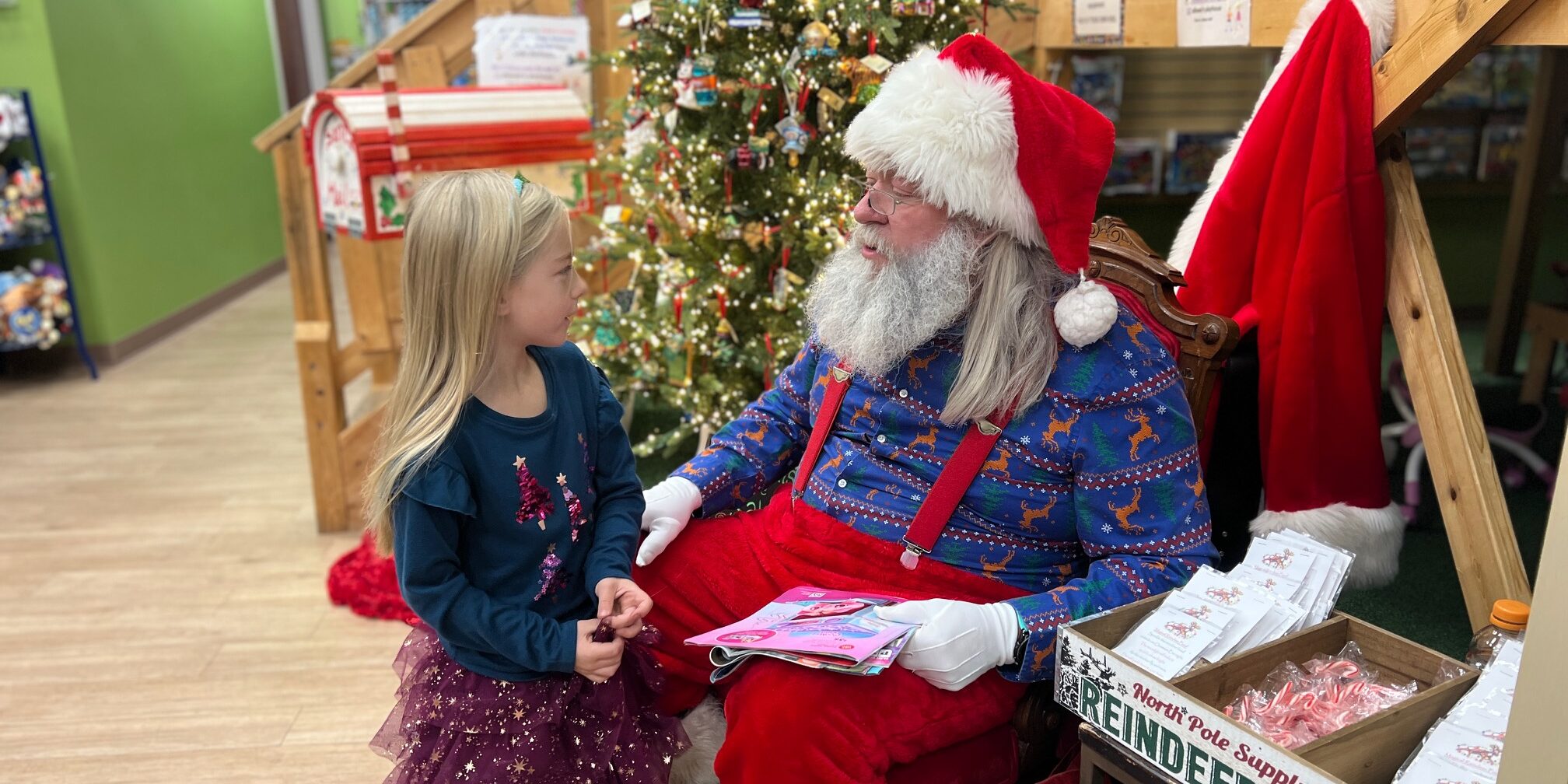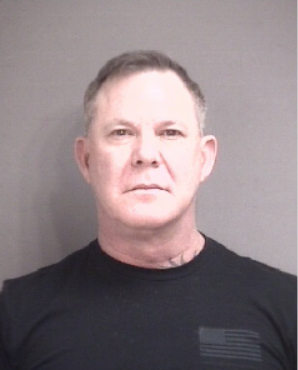Entertainment
October 10 Vallejo/Vacaville Arts and Entertainment Source: Thrice a Young Artists winner, cellist Brady Anderson in the spotlight

Cellist and teacher Brady Anderson recalls his solo debut: Performing Haydn’s Cello Concerto at age 15 during the Solano Symphony’s Young Artists’ Competition 21 years ago.
“It was the most traumatic concert in my life,” he said during a telephone interview from his Dublin residence. “Back then, the competition was two performances, on a Saturday and a Sunday.”
During the Saturday performance, “The instrument almost slipped out of my hands mid-performance. When I got it back into position, I couldn’t remember where I was,” said Anderson, 36, adding, “It was my first concerto with an orchestra. It helped me prepare for other performances — the worst-case scenario had already happened. The Sunday performance went much better.”
Today, as the founding member of the Verve Trio, the director of the Benicia and Pleasanton chamber player ensembles, and a veteran of many well-known string quartets and California symphonies, he is a seasoned performer — no surprise — and will prove it once again Sunday, when he performs Schumann’s Cello Concerto in A minor as guest soloist with the Solano Symphony at the Vacaville Performing Arts Theatre.
What is a surprise, however, is when Anderson, an Oakland native raised in Benicia, has performed and recorded with dozens of groups, including American singer-songwriter Nataly Dawn, the California hip-hop group Cypress Hill, American singer and actress Jennifer Hudson and can be heard on the Grammy-nominated La Orquesta Sinfonietta album “Canto America.”
And when he tells people of those ventures, “It usually sparks surprise and confusion,” he said. “(The cello) is not something that’s played with those types of ensembles, but, as a freelance musician, all kinds of things come up when you’re a gigging musician.”
A member of what’s called “the Freeway Philharmonic” in California, Anderson has performed in the cello sections of several California orchestras, among them the Stockton and Monterey symphonies, the Fresno Philharmonic, and the Evansville (Indiana) Philharmonic Orchestra.
He has held down principal cellist seats in a number of orchestras. They include the UC Berkeley Symphony Orchestra, the Berkeley Chamber Orchestra, and the Summer Philharmonic. And, notably, he has performed in orchestras led by some of the world’s leading conductors: Esa-Pekka Salonen of the San Francisco Symphony; Gustavo Dudamel of the Los Angeles Philharmonic; and Marin Alsop of the Baltimore Symphony Orchestra.
Anderson, who earned a bachelor’s degrees in music from UC Berkeley, and a msaster’s degree in cello performance from the Indiana University Jacobs School of Music, credits some of his former teachers for rising to the upper reaches of the cello concert performance universe. They include Peter Stumpf, Jonathan Koh, and Irene Sharp.
Of Stumpf, Anderson calls him “one of the best musicians I’ve ever met.”
He served as Koh’s teaching assistant at UC Berkeley and at Koh’s private studio while maintaining his own private studio of nearly 40 students. Anderson has coached young cellists for the Solano County Youth Orchestra, the Berkeley Chamber Orchestra, the California Youth Symphony and the Oakland Symphony Youth Orchestra. He continues to teach at his Dublin studio.
He has seen videos of some of his students’ performances, and said his goal is to increase their skills so “that they’re better than me. Hopefully, that happens.”
Some of his students have already won dozens of competition “and they haven’t even graduated from high school,” said Anderson, adding that remains impressed by “how intense their work ethic is and how strong their drive is and their passion for music.”
Asked what separates the cello soundwise from the higher strings, violin and viola, and the bass, Anderson called cellos and his instrument, an 1890 Hammig made in Leipzig, Germany, “versatile,” capable of reaching some of the highs and lows of the other strings.
“People say the cello is closest to the human voice,” he says.
The Schumann Cello Concerto was first performed in April 23, 1860, four years after the German composer’s death.
Clocking in at about 25 minutes in three movements and played through without pauses, the first is about 12 minutes. Anderson says it is “very lyrical rather than flashy” but is full of interplay and has a “singing” quality.
The theme is heard after four introductory measures in the orchestra, and the transition to the second, or slow movement, about five minutes longs, is marked by descending fifth intervals for a “very emotional expression,” he said.
The finale turns lighter and passionate, more vivacious than dramatic and sound “very bubbly,” Anderson added.
And does the piece compare favorably with the equally famous Dvorak and Elgar cello concertos?
“A lot of cellists say the Schumann is their favorite, the fantastic one,” said Anderson. “It’s one of my favorite pieces, but it’s sort of like choosing your favorite kid — you really can’t do it.”
Besides, the Schumann, longtime symphony conductor Semyon Lohss, who is embarking on the orchestra’s 38th season, also will lead the musicians in Tchaikovsky’s Symphony No. 5 in E minor.
IF YOU GO
- What: Solano Symphony’s Autumn Concert
- When: 3 p.m. Sunday (doors open one hour before performance)
- Where: Vacaville Performing Arts Theatre, 1010 Ulatis Drive
- Tickets: $15 students (18 and under) and active-duty military; $30 seniors; and $35 general
- Box office: (707) 469-4013
- Online: solanosymphony.org










